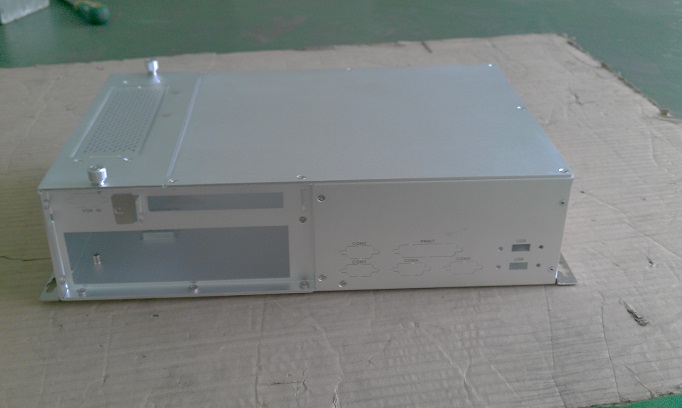There are guidelines associated with the design for manufacturing. These guidelines ensure that metal design flows through the process without issues. This improves lead times and reduces the overall project cost.
Luckily, there are techniques that you can use to increase the chances your metal parts are set for manufacturing.

Prior to delving into the specifics of sheet metal prototyping, it is crucial to acknowledge that all sheet metal components commence as flat pieces. Irrespective of the intricate final shapes they may adopt, it is imperative for the wall thickness of these components to be consistently uniform. Additionally, it should be noted that an array of metals, such as stainless steel and aluminum, are at disposal with thicknesses ranging from 0.02 inches to 0.25 inches. Apart from the properties of sheet metal and the assortment of available materials, here are five approaches to enhancing sheet metal components.
Consider hole size
When working with sheet metal and deciding on hole placement during the design phase, it is important to consider the size of the holes. It is recommended to avoid making holes that are too small and may potentially cause the tool to break. As the hole size decreases, smaller punches will be needed to create the hole. However, if the punch size becomes too small, it may not be able to handle the operation and break. The ideal scenario is to have a hole diameter that is equal to or greater than the thickness of the sheet metal to prevent damage to the tool.
Take a look at the inside radios
When the bend radius of a workpiece decreases, the strain on the material increases. This can cause the material to exceed its fatigue point and develop cracks. Materials that are more brittle, such as aluminum, typically require a larger bend radius compared to more ductile materials like cold-rolled steel. On the other hand, ductile materials are more suitable for smaller bend radii and shorter flange depths.
To summarize, the "1x Thickness = Inside Radius" rule is applicable for ductile materials like steel and stainless steel. However, when incorporating a bend radius that is less than the material thickness in the design, it is recommended to get guidance from a reputed fabrication expert.
Keep the folds simple
As a general rule, the more complex a part is, the higher its production cost. Thus, it is recommended to design parts with simple angled bends that have a radius equal to or greater than the sheet thickness. Small bends on larger and thicker parts are typically inaccurate and require more effort and expense to produce. To achieve affordability, it is advisable to aim for the simplest design possible while still meeting the required specifications. Therefore, it is recommended to design parts with simplicity in mind to minimize production costs.
Ensure uniform bend orientation
Designing with uniform bends throughout the part will contribute to the affordability of the sheet metal prototype. Bends located in the same area should be oriented in the same direction to prevent the need for reorientation during production. This approach will save both time and money. By maintaining a consistent bend radius, the production of parts becomes more efficient, resulting in cost-effectiveness. Therefore, ensuring uniformity in bend orientation and radius is a crucial factor in reducing production costs.
















